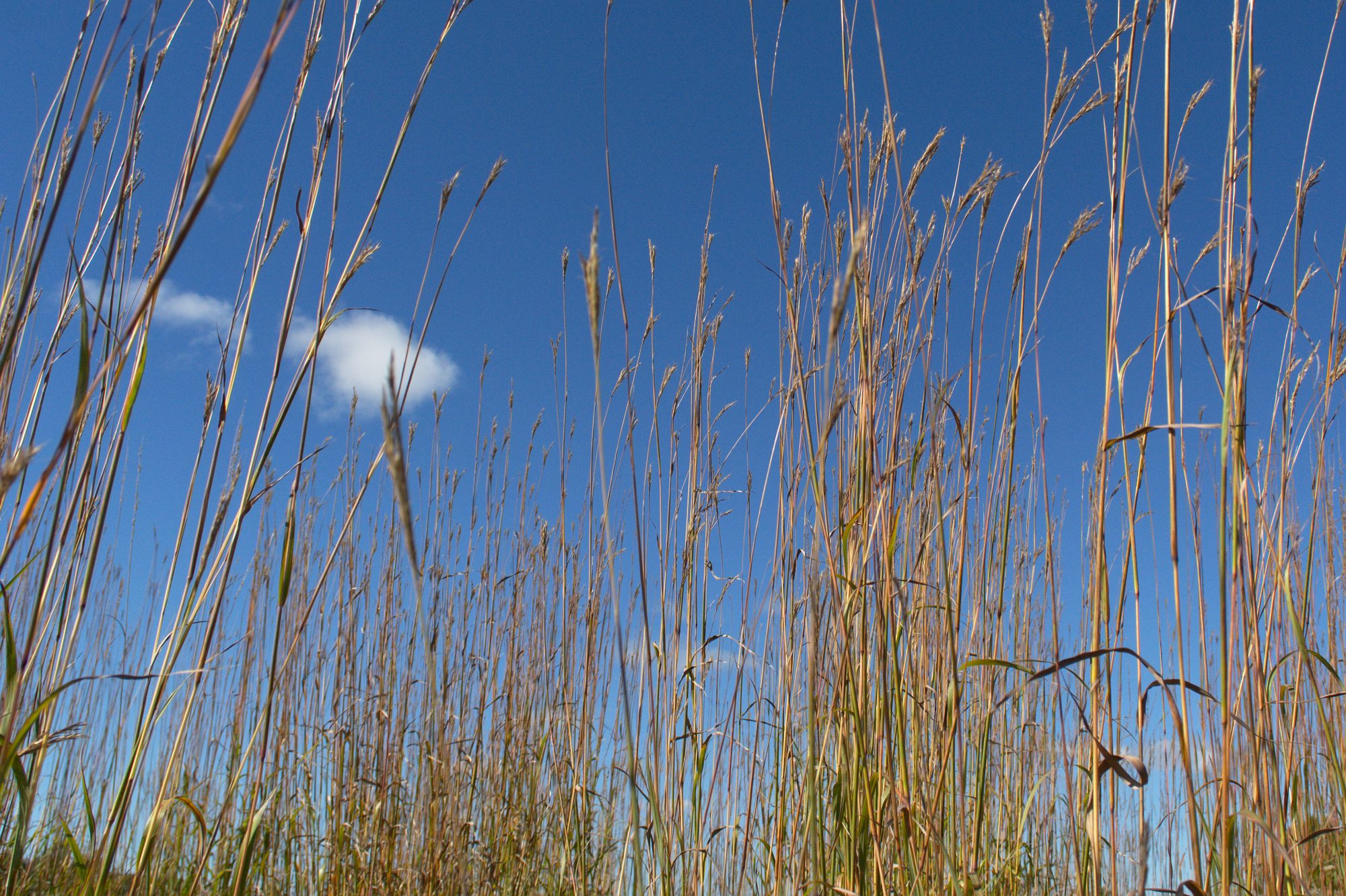The lands of the Rice Lake Plains and, indeed, most of Northumberland County, are host to a myriad selection of invasive species. The major problems, however, are caused by a few culprits, details of which follow.
At the top of the list are Dog-strangling Vine, Garlic Mustard, European Buckthorn and Scots Pine. Then, more recently, a very unpleasant plant has established itself in some areas. It is the Giant Hogweed. Some of the notable invasive species are honeysuckle, sweet white clover, spotted knapweed, Timothy’s smooth brome grass and Norway Maple.
Dog-Strangling Vine
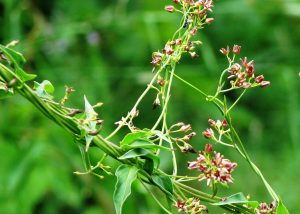
Native to: Eastern Europe
Reason for Concern: Can take over entire fields or the forest floors, reducing native plant diversity.
Description: Tiny brown five-petalled flowers and shiny spade-shaped leaves.
Garlic Mustard
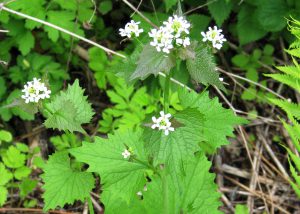
Native to: Europe
Reason for Concern: Spreads rapidly along forest edges and within forests, displacing native wildflowers. The plant secretes chemicals in the soil that retard the growth of other plants, preventing competition.
Description: In the first year it forms a basal rosette of serrated kidney-shaped leaves that remain green through the winter. In the second year it grows a stem up to one metre high with tiny four-petalled white flowers.
European Buckthorn
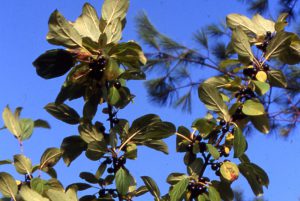
Native to: Europe
Reason for Concern: European buckthorn can quickly take over the understory of woodlots, displacing native shrubs and wildflowers.
Description: Shiny oval leaves with a distinctive pattern of veins arching toward the tip. These leaves remain green long after most trees and shrubs have shed their autumn foliage. Females produce black berries.
Scots Pine
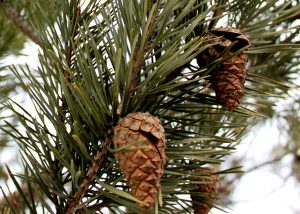
Native to: Eurasia
Reason for Concern: Can be host to a wide range of insects and diseases. If not removed, it will rapidly spread and completely take over abandoned fields.
Description: Coniferous evergreen tree that can grow up to 35m tall. Blue-green needles, 2.5 – 5cm in length.
Giant Hogweed
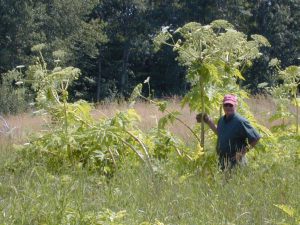
Native to: Eurasia
Reason for Concern: Threat to human health. If the oil from the plant gets on the skin and the skin is then exposed to sunlight it can result in severe and painful blistering. If the oils get in eyes they can cause temporary or permanent blindness. Do not touch this plant!
Description: A very large plant in the parsley family. It has broad, deeply toothed leaves, a thick stem, and broad, umbrella-like white flower heads. It looks very similar to Cow Parsnip, but is much larger.
Sweet White Clover
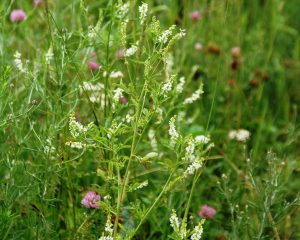
Native to: Eurasia
Reason for Concern: Increases the nitrogen in the soil and therefore reduces any competitive advantage that the prairie plants have.
Description: It has been planted as a forage crop. It grows tall and crowds out other plants, and it has flowers with 5 white pedals.
Timothy (top) and Smooth Brome (bottom) Grass
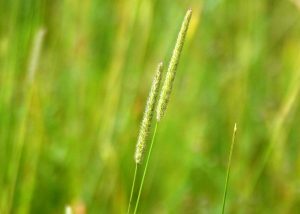
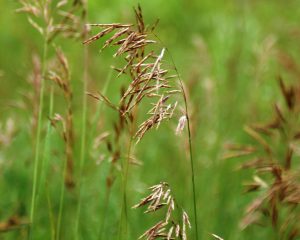
Native to: Eurasia
Reason for Concern: Invades old fields or restoration sites, each plant can spread up to 1000 seeds, and it releases chemicals in the soil that can limit the growth of other plants.
Description: Usually has a stout taproot, pubescent stems with woolly or cobwebby hairs when young. Grows 20 to 150cm tall.

